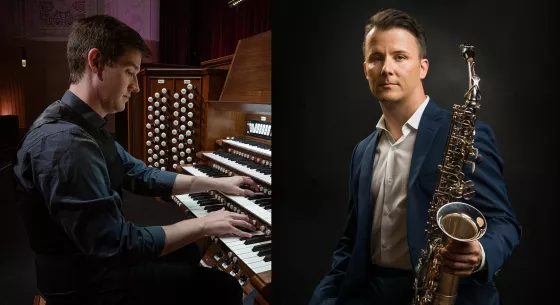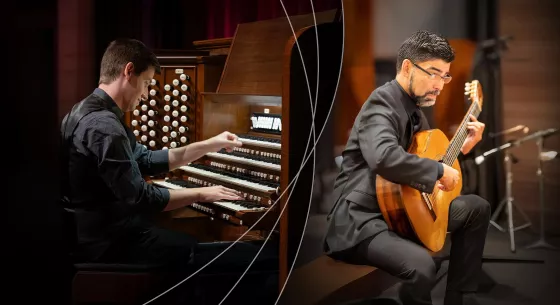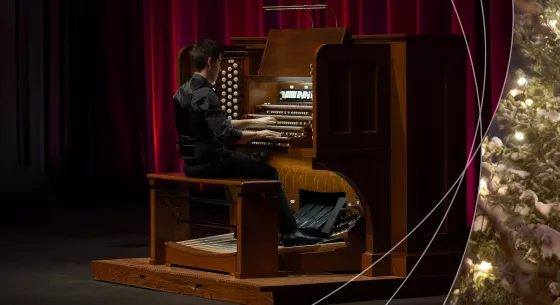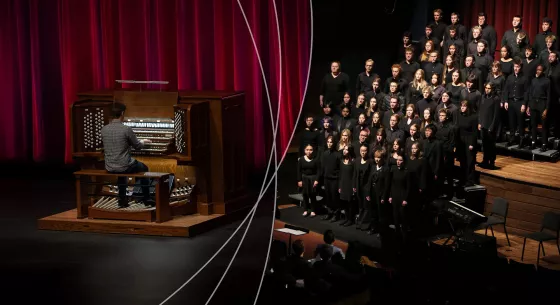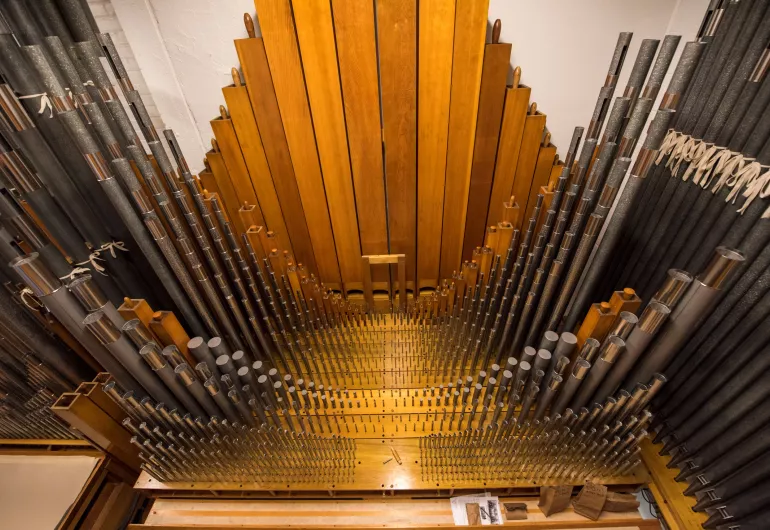
Everything you’ve wanted to know about the organ but were afraid to ask.
- Northrop’s Aeolian-Skinner Opus 892 organ is one of the last—and third-largest—remaining concert-hall pipe organs in the United States. This pipe organ is the second largest in the Upper Midwest specifically ever since the retirement of the Minneapolis Auditorium’s “Mighty Kimball” organ in 1989.
- Built between 1932 and 1936, the Northrop organ is a prime example of a late-Romantic Era instrument, embodying the musical movement’s elaborate, emotionally expressive melodies and chromatic harmonies.
- What’s in a name? “Aeolian-Skinner” is the name resulting from a merger in 1932 between the Aeolian Organ Company and the Skinner company. “Opus 892” acts as the distinguishing marker of the instrument.
- The Northrop organ has more than 7,000 pipes—the largest standing 32 feet and the smallest around the size of a pencil. They are installed behind the facade high above Northrop’s proscenium stage.
- Although the organ stretches 40 feet tall, the console (the playable part) has four keyboards and roughly 225 stops, pedals, and buttons. The console is stored on a lift in the orchestra pit 70 feet below and behind the proscenium.
- By the 1970s, the organ nearly stopped working completely. University of Minnesota student Gordon Schultz started an effort to repair the organ, sneaking into Northrop on nights and weekends to work on it. Schultz now operates an organ construction and repair company.
- The balcony offers the most “direct” sound reception for the organ, as it is in an almost straight line to the pipe chambers.
- Originating in ancient Greece, the pipe organ has evolved from producing only one note at a time via water power to now producing a pitch range greater than a full orchestra and the human ear’s.
- In 1999, Northrop’s pipe organ was awarded the “Exceptional Historic Merit” citation from the Organ Historical Society.
- In Aug 2024 Greg Zelek became the Northrop Organist. Prior to Zelek, Dr. Dean Billmeyer held the title of University Organist for 41 years.
- When the Northrop building renovation began in 2011, the organ was carefully moved to storage. A generous bequest by the late Dr. Roger E. Anderson provided funds for the reinstallation of the instrument in its new location in the chambers above the stage and behind the proscenium.
- Organ scholars attest to the Aeolian-Skinner’s historic value as a completely unaltered and intact example of the organ builder’s skill.
- The painstaking reinstallation of the organ was carried out by Foley-Baker and Associates in 2018. Learn more about the organ in this story by the Twin Cities Guild of Organists. Read more about the organ restoration in this Finance and Commerce article.
- Take a deeper look into the Northrop organ’s history in the overview “The Northrop Pipe Organ: A Resounding Success” on our website.
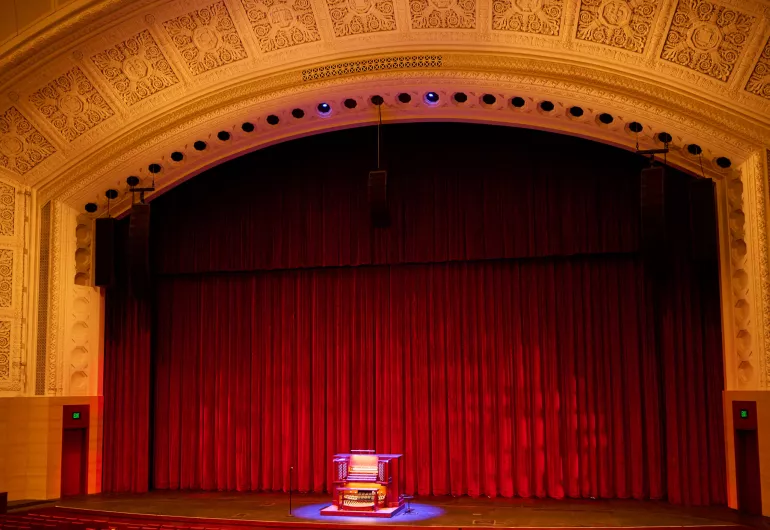
Above photo by Tony Nelson Photography.
Top photo by Patrick O'Leary, University of Minnesota.
